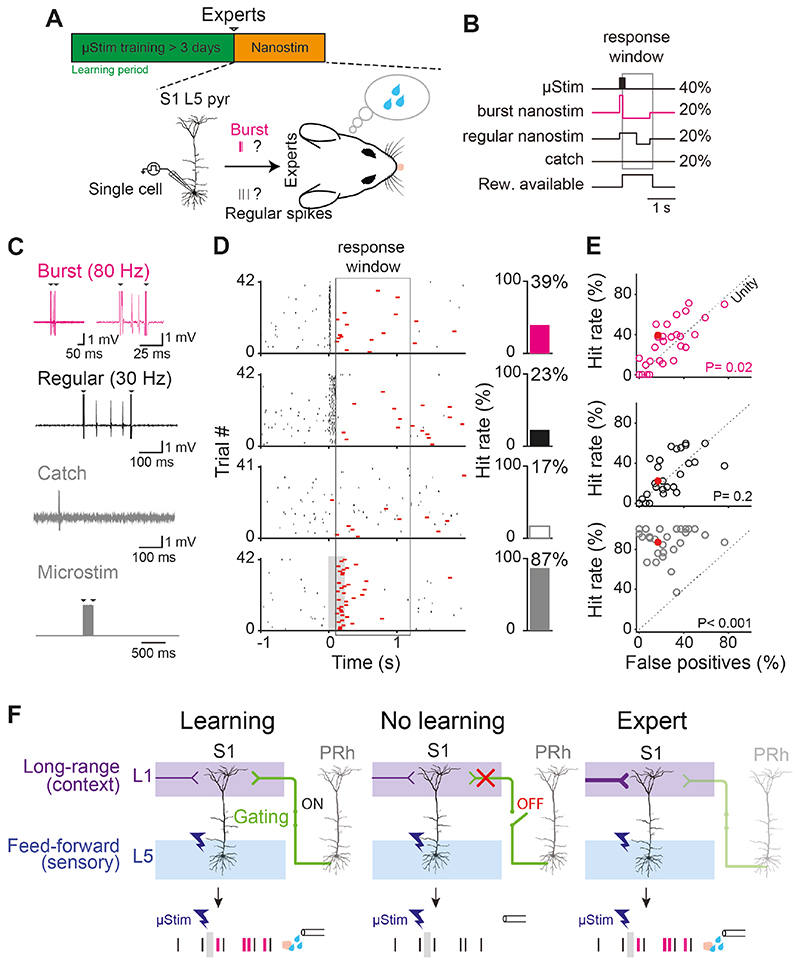Fig. 4. Burst firing in single L5 pyramidal neurons is more salient than regular firing after learning.
(A) Experimental paradigm single-cell “nano”stimulation. Upper: Single-cell stimulation was performed after >3 days of μStim training (i.e. in expert animals). Lower, hypothesis. Do burst or regular firing differentially induce learned behavior (i.e. licking to μStim)? (B) Four types of stimulations were randomly presented: 40% of μStim trials, 20% of burst (80-120 Hz, pink) nanostimulation trials, 20% regular nanostimulation trials and 20% ‘catch’ trials with no current injection. (C) Examples of juxtacellular responses recorded simultaneously during the four types of stimulations. Arrows indicate stimulation artifacts. (D) Left, all trials showing the spiking (black) and behavioral (red) responses to the four types of stimulation for one example L5 pyramidal neuron. Black ticks indicate spikes and red ticks indicate licking. Gray box: μStim. Right, proportion of trials with hits. (E) Hit rate as a function of false-positive (catch) trials (n=28 cells). Red circles indicate the example cell shown in (D). Statistical significance was tested by one-sided paired t-test. Dotted line indicates the unity line. (F) Gating theory of memory formation in the neocortex. PRh inputs to L1 gate long-range inputs that modulate the firing mode of L5 pyramidal neurons in S1 and learning. Top row, three behavioral conditions. Bottom row, stylized representative L5 pyramidal responses.

